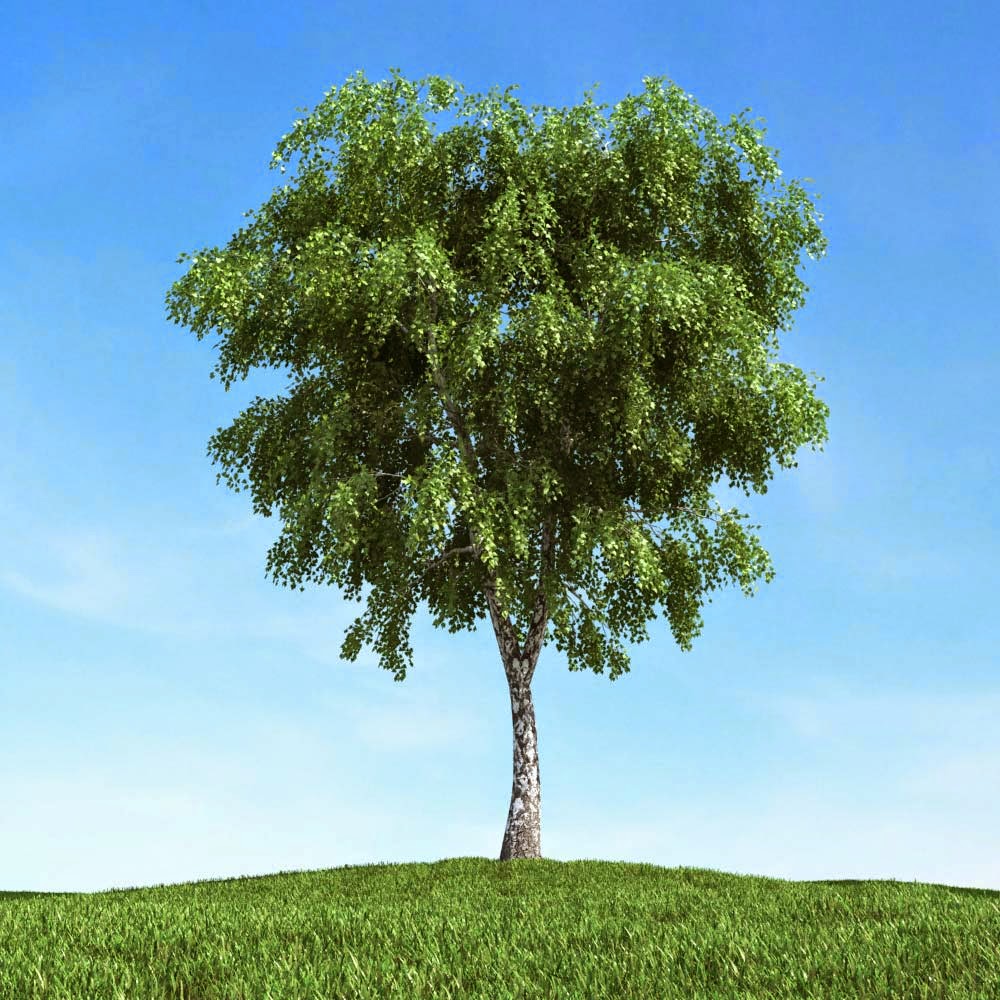- Vray Proxy Tree Sketchup Free Download
- Free Download Vray Sketchup 2015
- Vray Sketchup Proxy Tree Tutorial
- Vray Sketchup Free Trial
This one is interesting because it brings the trees in as proxy objects in your model, meaning that you never actually see the geometry in your SketchUp model, but instead you just export it to a rendering program like Vray or Thea Render, and the rendering program renders the trees. Today I'm going to show you how to use Vray Proxy in Vray 3.6 for Sketchup. Get V-Ray for Sketchup: Download the Model. Part I: Importing the Proxy Step 1. We are going to click in the import proxy icon to import a proxy tree. The proxy geometry doesn't support material information, therefore V-Ray for SketchUp will create a multi-material and it will have random material color for every single ID. Click Render and you will see all the random color of the.
SPEED UP YOUR SKETCHUP MODEL with Proxy Components!
In this video, learn to use proxy components to speed up your SketchUp models. By using proxy components, you can quickly swap out components with lighter weight temporary components to speed up your SketchUp models!
Do you like these SketchUp tutorials and videos?

If so, please consider supporting me on Patreon (click here to support) or by visiting my Support the Show Page!
Vray Proxy Tree Sketchup Free Download
THE SKETCHUP ESSENTIALS COURSE
http://www.thesketchupessentials.com/course
DOWNLOAD SKATTER (AF Link)
http://www.thesketchupessentials.com/skatter
Learn to import Vray proxies into SketchUp models and how to import the materials associated with those proxies as well!
Last week, we talked about how to use Vray proxies to use high polygon, realistic models in your renderings without slowing down your SketchUp models.
This week, I want to talk about how to save those proxies and import them into a separate SketchUp model.
To start off, 3D Warehouse model credit for this model goes to Daka Design, who has a great collection of render ready models on their page in the 3D warehouse. This model in particular is the Wire Frame Chair. I’ve linked to their page and to this model in the notes down below.
Daka Design Page – https://3dwarehouse.sketchup.com/by/Daka-Design?nav=models
Wire Frame Chair – https://3dwarehouse.sketchup.com/model/ee697759-8958-4cc4-9cb8-e452b016b32a/Wire-Frame-Chair
You can see when I do an interactive render of this chair, it looks really good without needing much tweaking. Now, let’s export this model as a proxy.
To do this, select your model, then go into the “Vray Objects” toolbar and select the option for “Export Proxy.” Select a location for this file, then pick a preview type. In my case, I’m going to leave this as “Refined Clustering,” and drag my faces in preview option down to something like 5000. Make sure the option for “Replace object with proxy” is selected, then click export.
Your chair has been replaced with a much more lightweight proxy model. If you were to click the interactive render button, you can see that the actual model still gets rendered within Vray.

Before we try to import our proxy into a different file, let’s take a look at our materials list. You’ll notice after you export your proxy, there’s a multiple material group contained in your materials list. If you click on this, you’ll note that it has materials included for all the materials that contained in your proxy.
Free Download Vray Sketchup 2015
We’re going to need to save a copy of this multi-material group. To do this, simply click on the save button at the bottom of the page and save this file to a location of your choosing.

Now, let’s open up another model and try to import our proxy. To do this, click the import proxy button in your Vray Objects menu. This will bring your proxy into your new model. However, if we were to run an interactive render, you’ll notice that your materials did not get brought in with the proxy model, which is why we had to save them from our other model.
We’re going to need to import our materials into this model so that it renders correctly. To do this, first we need to import the material group that we saved by clicking the “import VRMAT file” button at the bottom of the list. Navigate to the file you saved and click the “Open” button.

Vray Sketchup Proxy Tree Tutorial
This will bring in the multi material group that you saved into Vray. Now, we need to apply it to our chair. When you first brought your chair in, it should have created a multi material group for the materials within your proxy, as well as materials for each individual material. These materials will simply have colors applied to them, so you’re going to have to replace them with the materials from your imported VRMAT file.
Theoretically you can do this just by right clicking on your imported file, then selecting “Use as replacement,” then right clicking on your target file and clicking “Replace,” but for some reason that’s not working for me.
Vray Sketchup Free Trial
Instead, I simply go into my material group that’s applied to the model and replace the materials with the proper materials using the dropdown.
